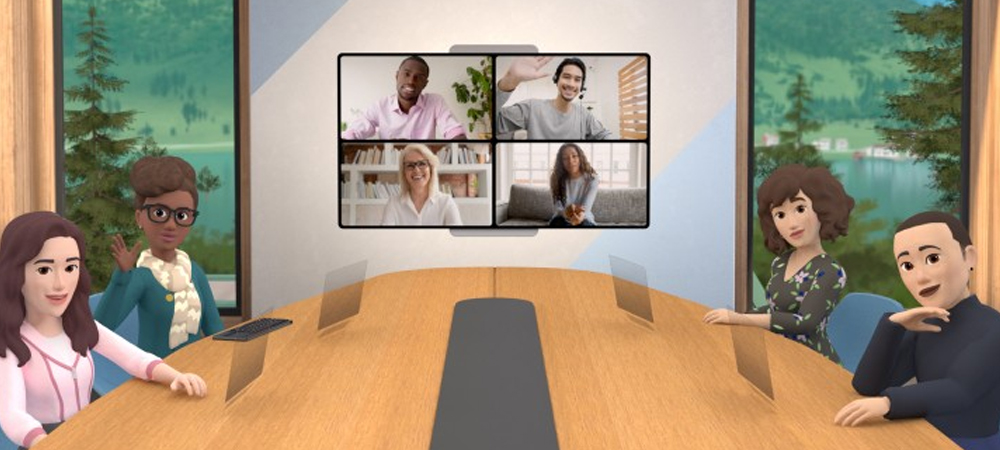The future of the workplace
With the move into hybrid working, it’s only a matter of time before companies start attempting business in the Metaverse and the world of virtual reality. The way we work is changing, more people are working remotely and want flexible work options.
In 2021 Meta developed and launched Horizon Workrooms, the core metaverse app for business. Horizon Workrooms is the VR workspace for teams to connect, collaborate and create, breaking down the barriers of hybrid working and helping businesses create an immersive presence regardless of where you are. Meta allows users to meet teammates across the table, even if they’re across the world—and transform your home office into your favourite remote meeting room. It was designed to connect remote workers and remove the feelings of loneliness and isolation that are often a result of hybrid working. Mark Zuckerberg, the Meta founder, describes the ‘metaverse’ as “an embodied internet, where instead of just viewing content – you are in it”.
Whilst Horizon Workrooms is free to access, users need a ‘Meta quest 2’ headset to use the Horizon Workrooms app, which retail at £349.99. For businesses, the cost of using Horizon Workrooms is a drastic price comparison to other digital workspace applications that already exist. Microsoft Teams, is one of the markets leading competitors with 90% of UK businesses currently using it as the main form of workplace communication, especially implemented in hybrid workplaces.
Horizon Workrooms begs the question, do workers want to put on a headset and communicate with each other through cartoonish avatars?
It’s not just the price that separates Horizon Workrooms to its competitors. Technologies like VR and AR pose a danger to introduce new systems of employee monitoring and control. During the COVID-19 pandemic, there was a surge in “bossware,” or software that allows bosses to keep tabs on every move their remote employees make. Such a dynamic could very well be intensified by technologies like VR and AR, which depend on the collection and processing of enormous amounts of data about users and their environments to function.
It remains to be seen whether or not we are prepared to start wearing virtual reality headsets in order to collaborate and participate in more immersive and engaging virtual meetings. Ultimately, simulating a conference room environment won’t make communication and collaboration more efficient, and replicating the feeling of being with colleagues certainly isn’t a quick fix for staff isolation.

Credit: Meta

